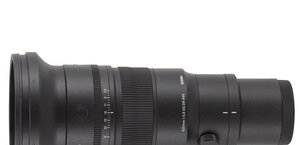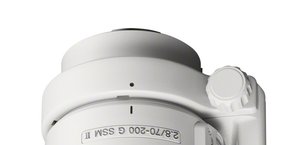Nikon Nikkor AF-S Fisheye 8-15 mm f/3.5-4.5E ED
8. Vignetting
| Nikon D3x, 8 mm | Nikon D3x, 10 mm |
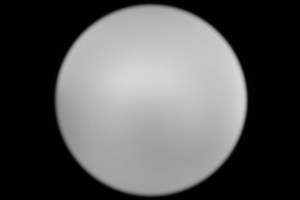
|
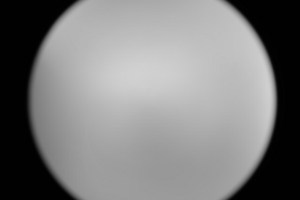
|
| Nikon D3x, 12 mm | Nikon D3x, 15 mm |
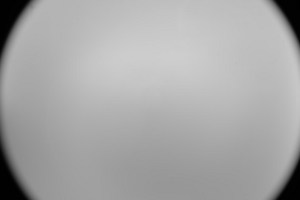
|

|
For all focal lengths except the maximum one the imaging circle is smaller than the size of the detector so, typically for circular fisheye lenses, the corners and edges of the frame are black. The 15 mm focal length is an exception to the rule as, at that point, the lens becomes a diagonal fisheye. Due to the 180 degrees angle of view it is difficult to measure vignetting with any precision but it seems that its level amounts to about 1.5 EV at the maximum relative aperture.
Please Support UsIf you enjoy our reviews and articles, and you want us to continue our work please, support our website by donating through PayPal. The funds are going to be used for paying our editorial team, renting servers, and equipping our testing studio; only that way we will be able to continue providing you interesting content for free. |
- - - - - - - - - - - - - - - - - - - - - - - - - - - - - - - - - - - - - - - - - - - - - - - -
The producer adds a petal-type hood to the lens and photos below allow you to check whether it is a good idea to use that accessory on full frame.
| Nikon D3x, 8 mm | Nikon D3x, 10 mm |
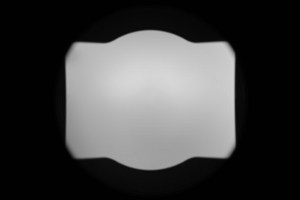
|
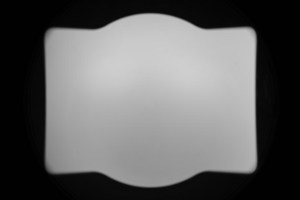
|
| Nikon D3x, 12 mm | Nikon D3x, 13 mm |
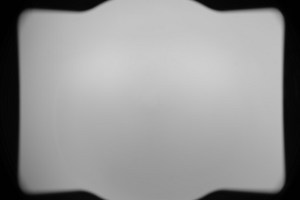
|
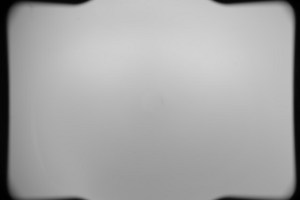
|
As you see the hood can be used but only in a very narrow focal range, from 14 to 15 mm. Below these values the hood additionally limits the field of view of the lens.
In the case of the smaller sensor of the Nikon D500 the influence of the hood stops being visible near 10 mm focal length.
Now let’s check the vignetting levels with the lens attached to a camera with an APS-C/DX sensor.
| Nikon D500, 8 mm | Nikon D500, 10 mm |
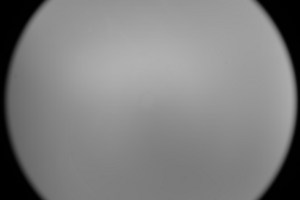
|

|
| Nikon D500, 12 mm | Nikon D500, 15 mm |

|

|
At 8 mm the corners are still black. The producers emphasize the fact that at 11 mm the Nikkor becomes a diagonal fisheye designed for DX sensors but, as you see in photos below, black corners disappear a bit earlier, at 10 mm. At 12 mm the images start to resemble photos produced by ordinary lenses and, in the case of that focal length, by f/4.2 losses of light in the frame corners reach 20% (-0.66 EV). On stopping down the aperture to f/5.6 that value decreases to an imperceptible level below 5%.
At the 15 mm focal length and the maximum relative aperture the vignetting is 18% (-0.56 EV), decreasing to 6% (-0.17 EV) on stopping down the aperture to f/5.6.




